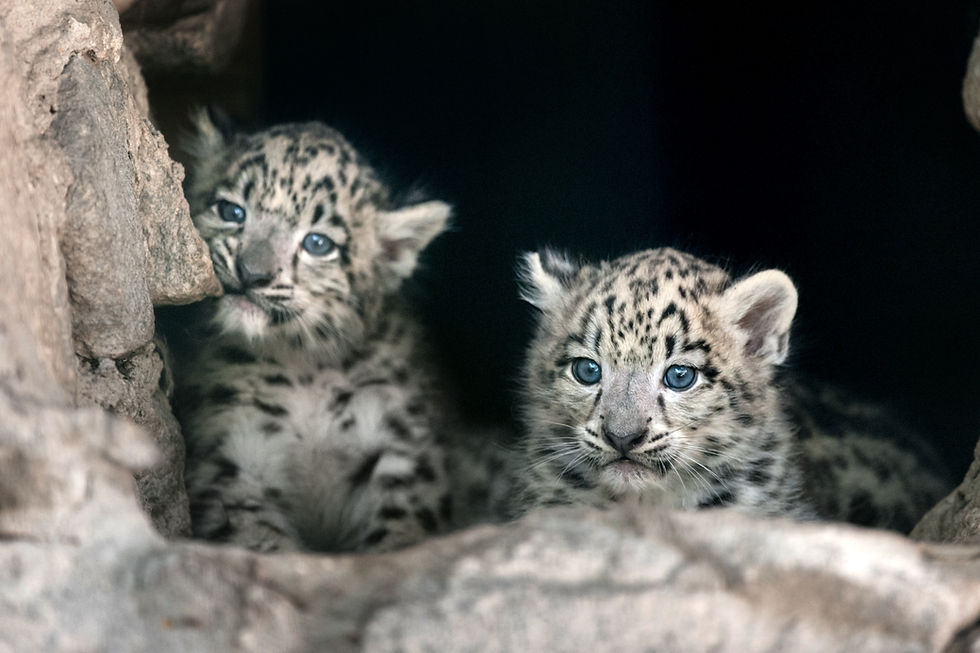The Odyssey of the Mighty Monarch
- Chipco Preserve

- Oct 26
- 3 min read
Maeve Kiley

A Butterfly's Odyssey
In Homer's epic poem, The Odyssey, Odysseus battles his way through harrowing tales of monsters, mayhem, and magic. The cunning king traveled thousands of nautical miles to return home to his kingdom, Ithaca. The Homeric hero can return home after ten years at sea through great sacrifice and strength.
At this very moment, tens of millions of tiny wings are frantically flapping in their own Odyssey. Their antennas are perched, their legs strong, and their minds ready. Although these heroes do not have a fleet of ships nor the strength of a mythical king, their journey is just as mighty. These powerful warriors are Danaus plexippus, also known as the Monarch Butterfly, and they travel over 3,000 miles on their great Autumn Odyssey.
The Beginning of the Journey
The "Super Generation" is the nickname given to the final generation of Monarch Butterflies born annually that undertake the long and dangerous journey. They emerge from their eggs at the end of summer/early fall. The cool temperature, calm winds, longer days, and milkweed aged to perfection trigger a biological response in the butterflies crucial to their survival.
The weather and food conditions also trigger a reproductive diapause in the butterflies to conserve energy for their long travels. A reproductive diapause is when the butterflies cannot reproduce after emerging from their chrysalis. The energy spent finding mates and producing eggs is transformed into strength and fuel for their journey. Incredibly, these conditions also increase the butterflies' lifespan. The Super Generation lives 6-9 months; a dramatic increase compared to other generations' usual 2–6-week lifespan.
The Journey's Many Trials
Like Odysseus and his sailors, who traveled by following the North Star, the Super Generation utilizes a solar compass.

Monarchs are born with an internal clock inside their antennae, which helps them tell the time via the sun's
position in the sky. The butterflies also have special cells in their eyes that detect the sun's polarized light, which helps them navigate the skies during dark, cloudy days. Scientists discovered this superpower through neuroscience and behavioral research. These studies also theorize that the Earth's magnetic field might pull the butterflies in the correct direction.
However, navigation is not the only trial the butterflies face. While Odysseus faced mysterious sorceresses, deadly sirens, massive ocean beasts, and colossal cyclops, the monarch butterflies must battle hungry invertebrates (ants, spiders, and wasps), sharp-beaked birds, and monstrously large mice. These predators pick off members of the migration groups and hinder them from reaching their destination.
Natural predators are not the only dilemma. Human-made catastrophes also affect migration. Road collisions are now one of the leading causes of monarch casualties. One study from the Texas Department of Transportation states that over 2.1 million butterflies are killed annually by cars driving down the highway in Texas alone. This has been massively affecting migration and permanently altering the butterfly population.
Reaching their Destination
While Odysseus arrived on the shores of the Greek coastal kingdom of Ithaca, the leading destination of the monarch butterflies from the Northern United States and Canada is the Monarch Butterfly Biosphere Reserve in central Mexico. In the Trans-Mexican Volcanic Belt's fir forests, the weary butterflies cluster in large groups on the trees. They enter a semi-dormant state for the winter to conserve energy for springtime, where they will emerge and find mates to produce the next generation and continue the migration cycle.
Monarch butterflies east of the Rocky Mountains will settle in California, particularly in Santa Cruz and San Diego. These butterflies purposefully seek out coastal regions for the microclimate they require for survival.

The Monarch Butterfly migration has dramatically impacted on the culture and traditions of the regions it travels to. The annual migration coincides with the Mexican holiday Día de los Muertos (Day of the Dead). The traveling butterflies symbolize the returning souls of the dead. Costumes, decorations, artwork, and ofrendas (altars) are commonly decorated with Monarch butterfly patterns to honor this tradition and their return.
Without Monarch Butterflies, the world would lose a vital pollinator. Just as Ithaca needed its king, the world needs the Monarch Butterflies. Their incredible journey is both inspiring and indispensable to the world's health.
Works Cited:
California State Parks. (n.d.). Butterfly Grove. https://www.parks.ca.gov/?page_id=30273
Homer, Mendelsohn, D. A., & Nassef, L. (2025). The Odyssey. The University of Chicago Press
Monarchs and día de muertos in Mexico. Monarch Joint Venture. (2020, November 2). https://monarchjointventure.org/blog/monarchs-and-dia-de-muertos-in-mexico
Monarch Biology. Monarch Watch: Monarch Biology. (n.d.). https://www.monarchwatch.org/biology/
Monarch migration. (n.d.). https://www.monarchwatch.org/migration/ .
The flight of the monarch and txdot's efforts to make it safer. Texas Department of Transportation. (n.d.). https://www.txdot.gov/about/newsroom/stories/2023-featured-news-stories/flight-of-the-monarch.html
U.S. Forest Service. Forest Service Shield. (n.d.). https://www.fs.usda.gov/wildflowers/pollinators/Monarch_Butterfly/migration/index.shtml




Comments